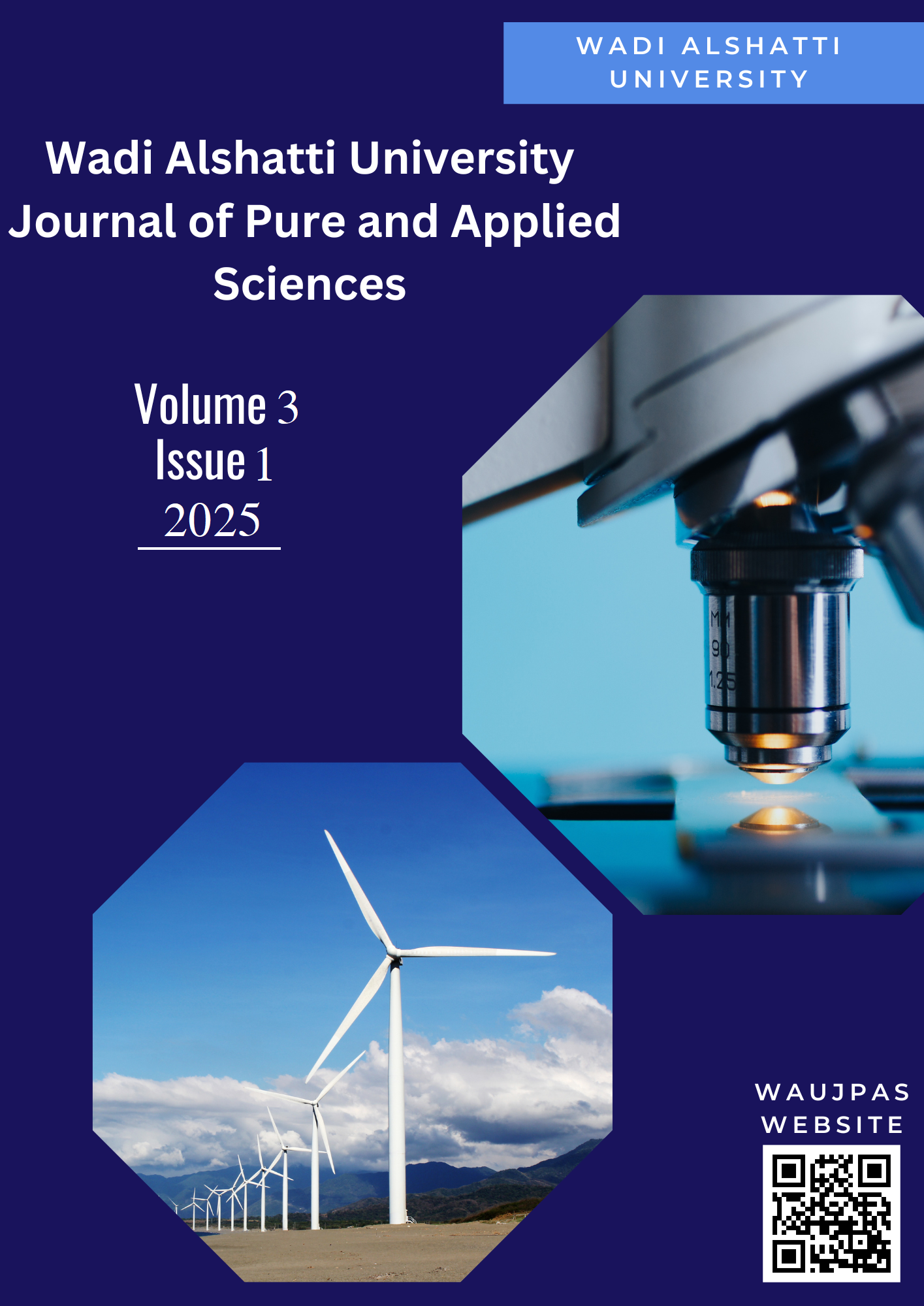Challenges and Opportunities of E-Learning for Libyan Universities: A Case Study of Wadi Alshatti University
DOI:
https://doi.org/10.63318/waujpasv3i1_41Keywords:
E-learning;, Virtual Classrooms, University EducationAbstract
The reconstruction and development projects for educational institutions have led to partial and, in some cases, complete closures at the beginning of the 2024/2025 academic year. Creating exceptional circumstances that hindered the continuation of traditional education. Consequently, Wadi Alshatti University found itself facing a significant challenge: implementing remote education as an alternative solution. Some colleges within Wadi Alshatti University adopted e-learning through virtual classrooms as a primary educational system during this period. E-learning provides educational services that transcend the constraints of time and space imposed by traditional education, enabling all students to engage in learning 24/7 through virtual classrooms. However, the transition from traditional learning to e-learning is a complex task, as it encompasses cultural, organizational, and technical aspects for both universities and students. This research discusses the outcomes of the e-learning experience at Wadi Alshatti University for the academic year (2024–2025), examining the challenges faced by this experience, the lessons learned, and highlighting its advantages and disadvantages.
Downloads
Downloads
Published
Issue
Section
License
Copyright (c) 2025 Wadi Alshatti University Journal of Pure and Applied Sciences

This work is licensed under a Creative Commons Attribution-NonCommercial 4.0 International License.
This journal uses Creative Commons Attribution-Noncommerical 4.0 International License (CC BY-NC 4.0), which permits use, sharing, adaptation, distribution and reproduction in any medium or format, as long as you give appropriate credit to the original author(s) and the source, provide a link to the Creative Commons license, and indicate if changes were made. To view a copy of this license, visit https://creativecommons.org/licenses/by-nc/4.0/.
Copyright of articles
Authors retain copyright of their articles published in this journal.





